MORINGA OLEIFERA: NATURE'S MARVEL
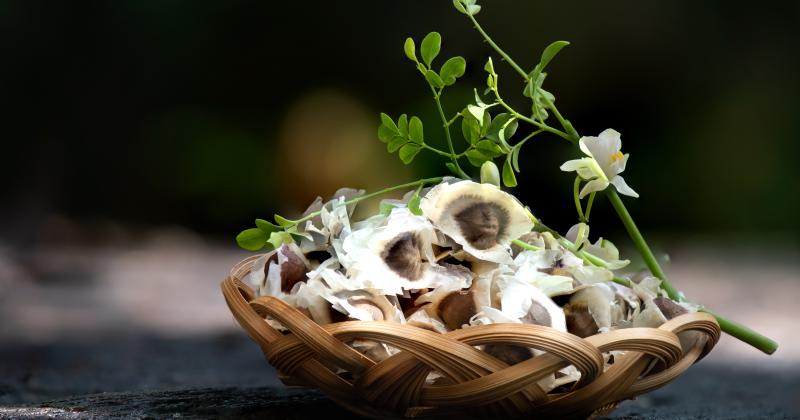 />
/>
Moringa Oleifera belongs to the Moringaceae family and is native to the sub-Himalayan regions of India, Pakistan, Bangladesh, and Afghanistan. This fast-growing, drought-resistant tree can reach heights of up to 10 meters (33 feet). read more ›
DISCOVERING MONDOGRASS
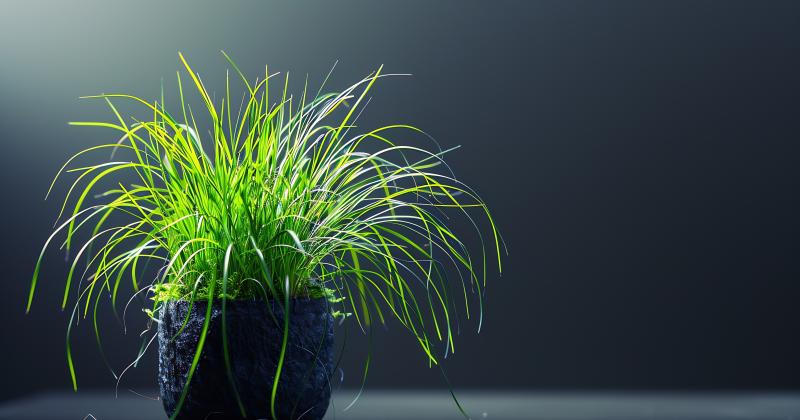 />
/>
Mondograss, scientifically known as Ophiopogon japonicus, is a perennial plant notable for its lush, tufted, grass-like appearance. It forms dense clumps of thin, arching leaves that are dark green in color. The plant typically reaches up to 15 cm in height, and during the summer, it blooms small, inconspicuous purple or white flowers. read more ›
INSIGHTS ON MONARDA FISTULOSA
 />
/>
Monarda Fistulosa typically grows to heights of two to four feet and thrives in well-drained soils. The plant features a square stem typical of the mint family and branched clusters of tubular, lavender to pink flowers that bloom from early summer to late autumn. read more ›
ARTICHOKES: NATURE, HISTORY, AND NUTRITIONAL BENEFITS
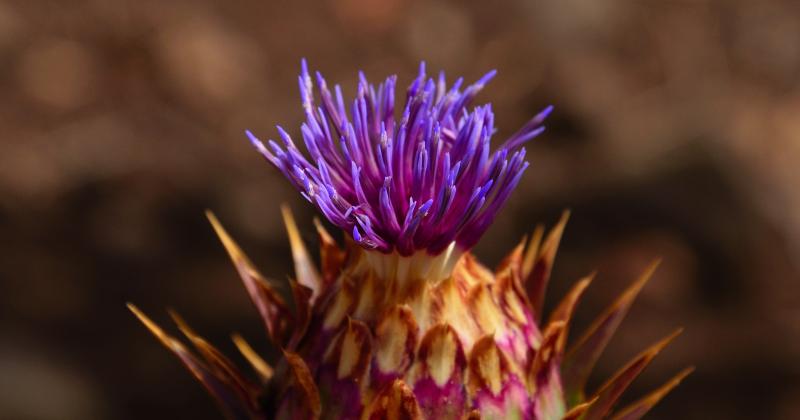 />
/>
Artichokes are rich in a variety of bioactive compounds and nutrients. Key components include dietary fiber, vitamins (such as vitamin C, vitamin K, folate, and niacin), and minerals like magnesium, phosphorus, potassium, and iron. They also contain cinarin and silymarin, both known for their antioxidant properties. read more ›
MAQUI BERRY: A SUPERFRUIT PROFILE
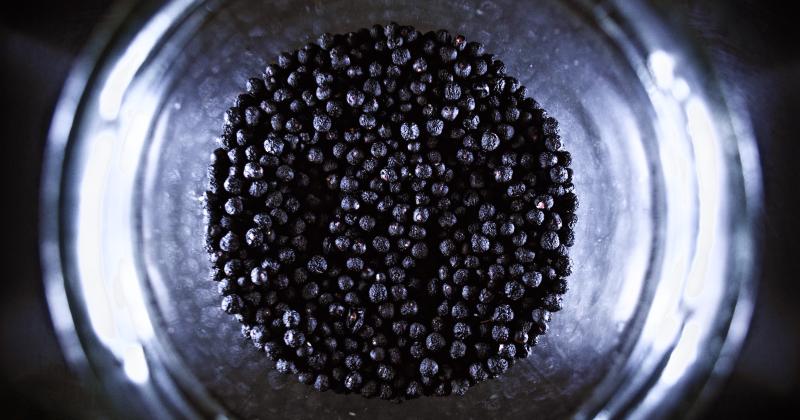 />
/>
The Maqui berry belongs to the Elaeocarpaceae family and grows on an evergreen shrub that can reach between 3 to 5 meters in height. Its leaves are oval-shaped, and the flowers are small and white, leading to the development of its distinctive deep purple berries. read more ›
UNVEILING MANGOSTEEN: THE TROPICAL TREASURE
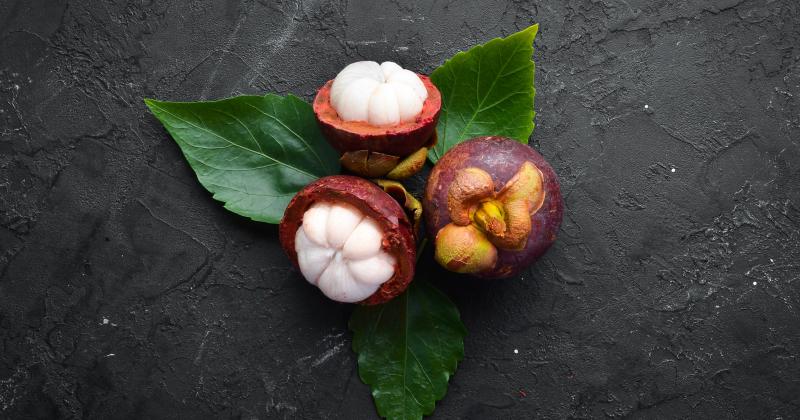 />
/>
The mangosteen fruit is rich in various phytochemicals, including xanthones, flavonoids, and tannins. Xanthones, in particular, are notable for their antioxidant properties and are predominantly found in the fruit's rind. The fruit is also a source of essential nutrients, such as vitamin C, dietary fiber, and minerals like potassium and magnesium. read more ›
EXPLORING MAITAKE: UNVEILING THE MYSTERIES
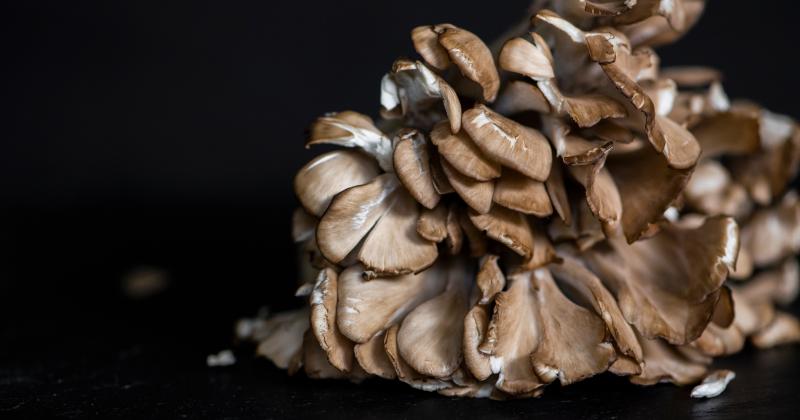 />
/>
Maitake is rich in bioactive compounds, including polysaccharides like beta-glucans, which are known for their immune-supporting properties. It also contains amino acids, vitamins (such as B-complex and C), minerals (including potassium, calcium, and magnesium), and fibers. read more ›
MAGNOLIA: BEAUTY AND BENEFITS
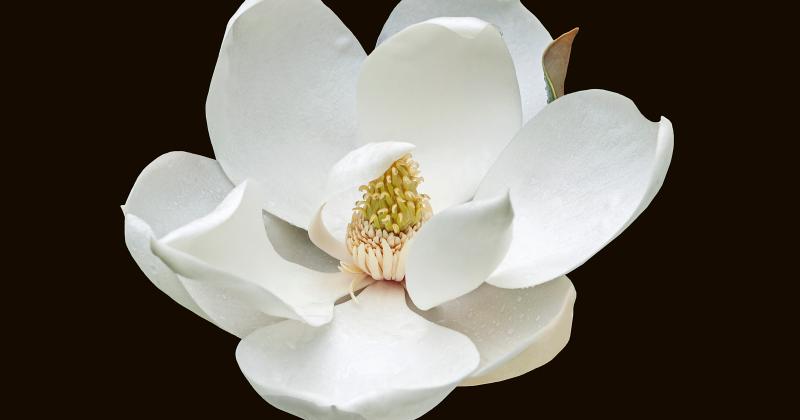 />
/>
Magnolia Virginiana holds a significant place in history, especially among Native American tribes who used it for various purposes, including as a medicinal plant. European settlers quickly adopted it, using the magnolia bark in traditional remedies. read more ›
VANILLA: A FLAVORFUL AND AROMATIC JOURNEY
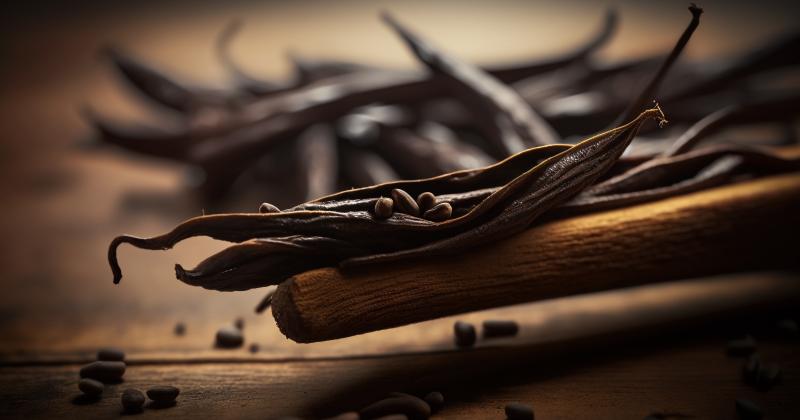 />
/>
Vanilla was first cultivated by the Totonac people of Mexico. The Aztecs later acquired vanilla when they conquered the Totonacs in the 15th century, using it to flavor their chocolate drink, xocolatl. Europeans were introduced to vanilla in the 16th century after Spanish conquest. Initially, it was a luxury item, but with modern cultivation methods, it has become more widely available. read more ›
LABLAB BEAN: A NUTRITIONAL AND BOTANICAL PROFILE
 />
/>
The Lablab bean, with its rich history and nutritional profile, stands out as a versatile and healthful legume. While it offers a range of nutrients beneficial for overall health, it is important to consume it as part of a varied and balanced diet. read more ›
RASPBERRY ESSENTIALS: THE WORLD OF RUBUS IDAEUS
 />
/>
Raspberries are a rich source of various nutrients and phytochemicals. They contain essential vitamins such as Vitamin C, Vitamin E, and folic acid. Minerals like potassium, magnesium, and calcium are also present in significant amounts. read more ›
HERBAL TERRA 2024: SAVE 25%!
 />
/>
To express our gratitude, we're excited to present a special New Year's gift: enjoy a 25% discount on your purchases! Redeem this offer with the code HAPPY2024 at the time of checkout. read more ›
QUASSIA AMARA: BOTANY, HISTORY, AND TRADITIONAL INSIGHTS
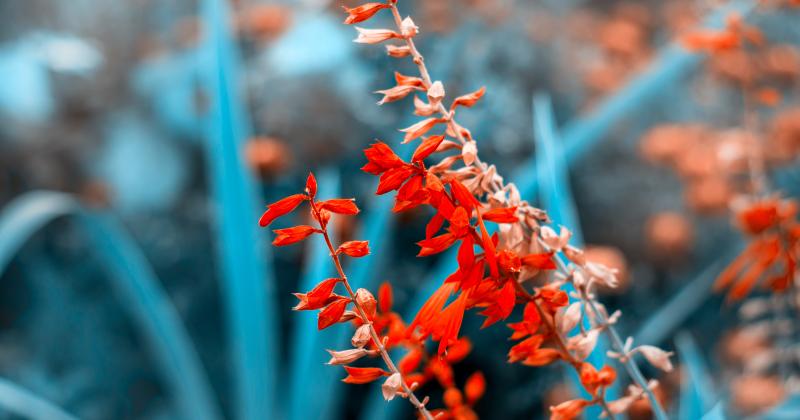 />
/>
Quassia Amara, commonly known as Quassia, is a plant noted for its distinctive botanical features. It belongs to the family Simaroubaceae and is native to the Caribbean and parts of South America. This small tree or shrub typically grows to a height of about 3 meters. read more ›
AGRIMONY: EXPLORING NATURE'S HERBAL TREASURE TROVE
 />
/>
Agrimony has a long and storied history of medicinal use dating back to ancient times. It was highly regarded by the ancient Greeks and Romans, who used it for various health purposes. In medieval Europe, it was a staple in the herbal pharmacopeia and was often referred to as "St. John's herb" or "church steeples" due to its use in herbal remedies during the Feast of St. John. Agrimony was believed to have protective and healing properties, and it was hung in homes to ward off negative energy and illnesses. read more ›
HAPPY THANKSGIVING DAY 2023!
 />
/>
To show our appreciation, we are thrilled to offer you an exclusive Thanksgiving Day discount of 25% off on all your favorite herbal remedies and wellness products. This special offer is valid from November 23, 2023, to November 28, 2023, (HI Standard Time). read more ›
BITTER ORANGE: EXPLORING THE ENIGMATIC CITRUS
 />
/>
Bitter Orange has a rich historical background, dating back centuries. It is believed to have been introduced to Europe by Arabian traders during the Middle Ages. The fruit quickly gained popularity for its culinary and medicinal uses. Bitter Orange was also a symbol of good fortune and prosperity in various cultures. In addition to its culinary contributions, the fruit's essential oil has found applications in perfumery, adding a zesty and refreshing note to fragrances. read more ›
RED HENNA: A NATURAL WONDER WITH A RICH HISTORY
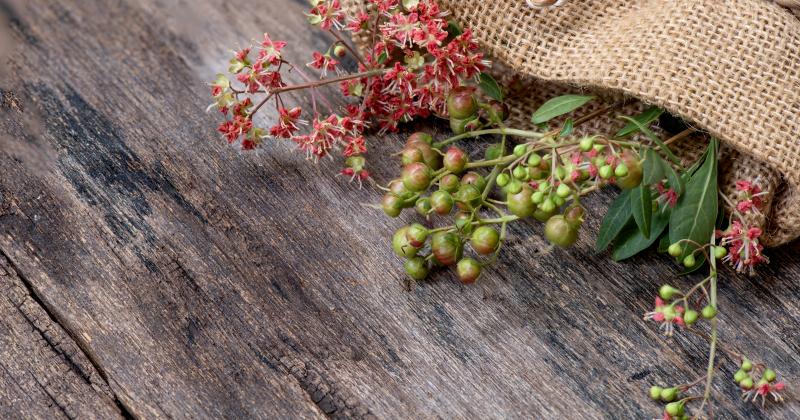 />
/>
Red Henna has a rich historical and cultural significance dating back thousands of years. It has been used in various cultures for body art, hair dyeing, and traditional ceremonies. In ancient Egypt, henna was used to adorn the bodies of pharaohs and Egyptian women. It has also played a prominent role in Indian weddings and festivals, where intricate henna designs are applied to the hands and feet of brides and celebrants. read more ›
DOGWOOD: A DELICATE BEAUTY WITH REMARKABLE QUALITIES
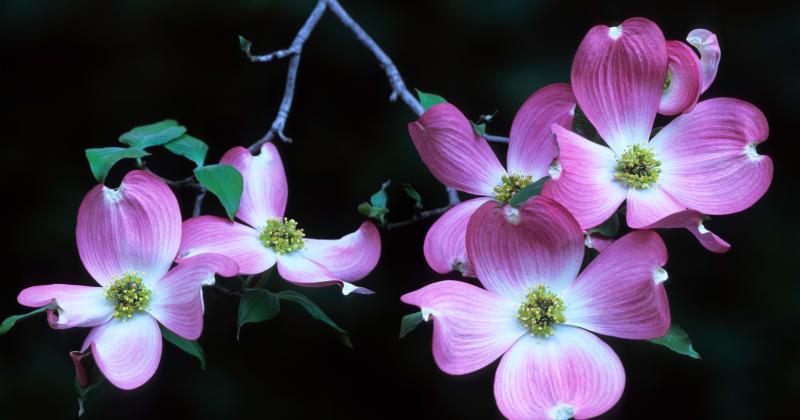 />
/>
Dogwood (Cornus florida) belongs to the Cornaceae family. It is a deciduous tree that can grow to a height of 15 to 30 feet, displaying a broadly pyramidal shape. The distinctive feature of the dogwood is its striking white or pink flowers, which appear in early spring before the leaves emerge. These flowers are actually bracts, modified leaves that surround the true flowers, which are small and inconspicuous. read more ›
TRIBULUS: NATURE'S POTENT HERB FOR VITALITY
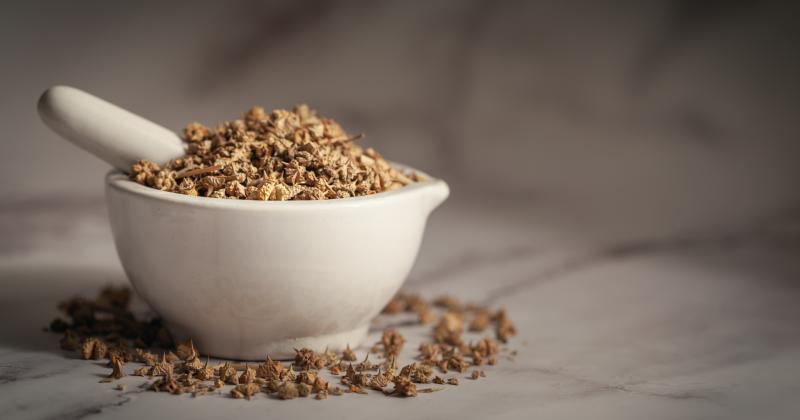 />
/>
Tribulus terrestris is a hardy, low-growing plant that belongs to the Zygophyllaceae family. It is typically found in warm and arid regions across the world, including parts of Europe, Asia, Africa, and the Americas. The plant's most distinctive feature is its spiky, flat fruit that is covered in sharp thorns. These thorns earned the plant its nickname "puncture vine" because they can puncture bicycle tires and the feet of unsuspecting passersby. read more ›
TONKA: NATURE'S FRAGRANT JEWEL
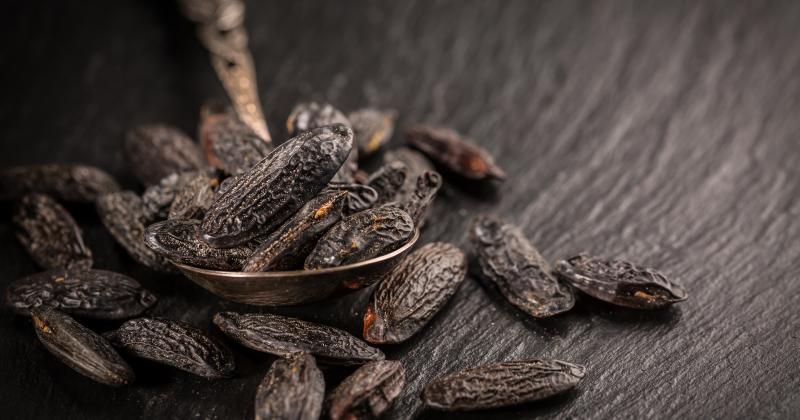 />
/>
Tonka trees are renowned for their impressive size, often reaching up to 100 feet in height. They feature tall trunks with dark brown bark and lush, vibrant foliage. The leaves are pinnately compound and glossy, with a deep green color. The tree produces small, fragrant, and delicate white flowers with a subtle hint of purple. These flowers eventually give way to the star of the show—the Tonka bean. read more ›
